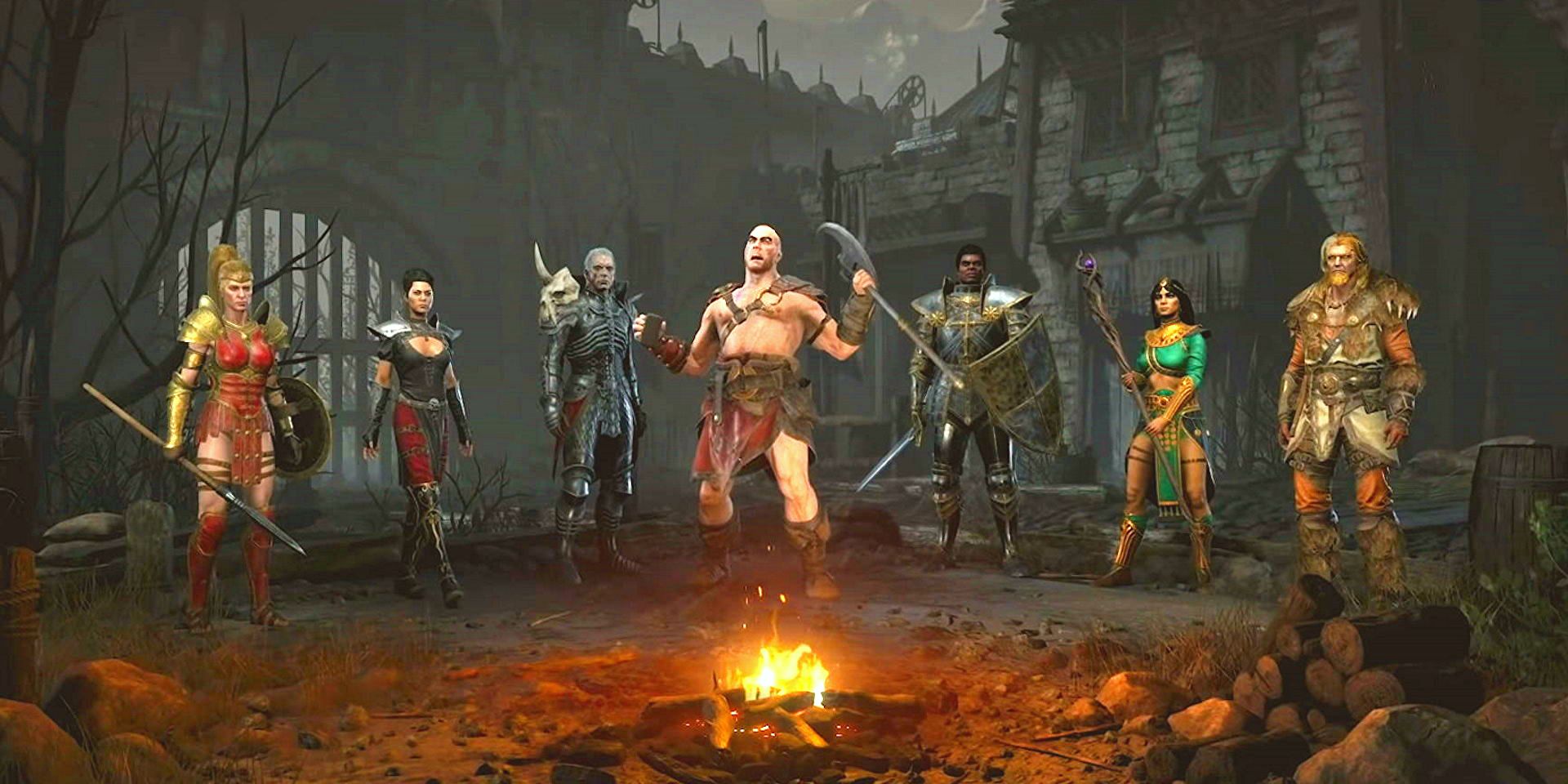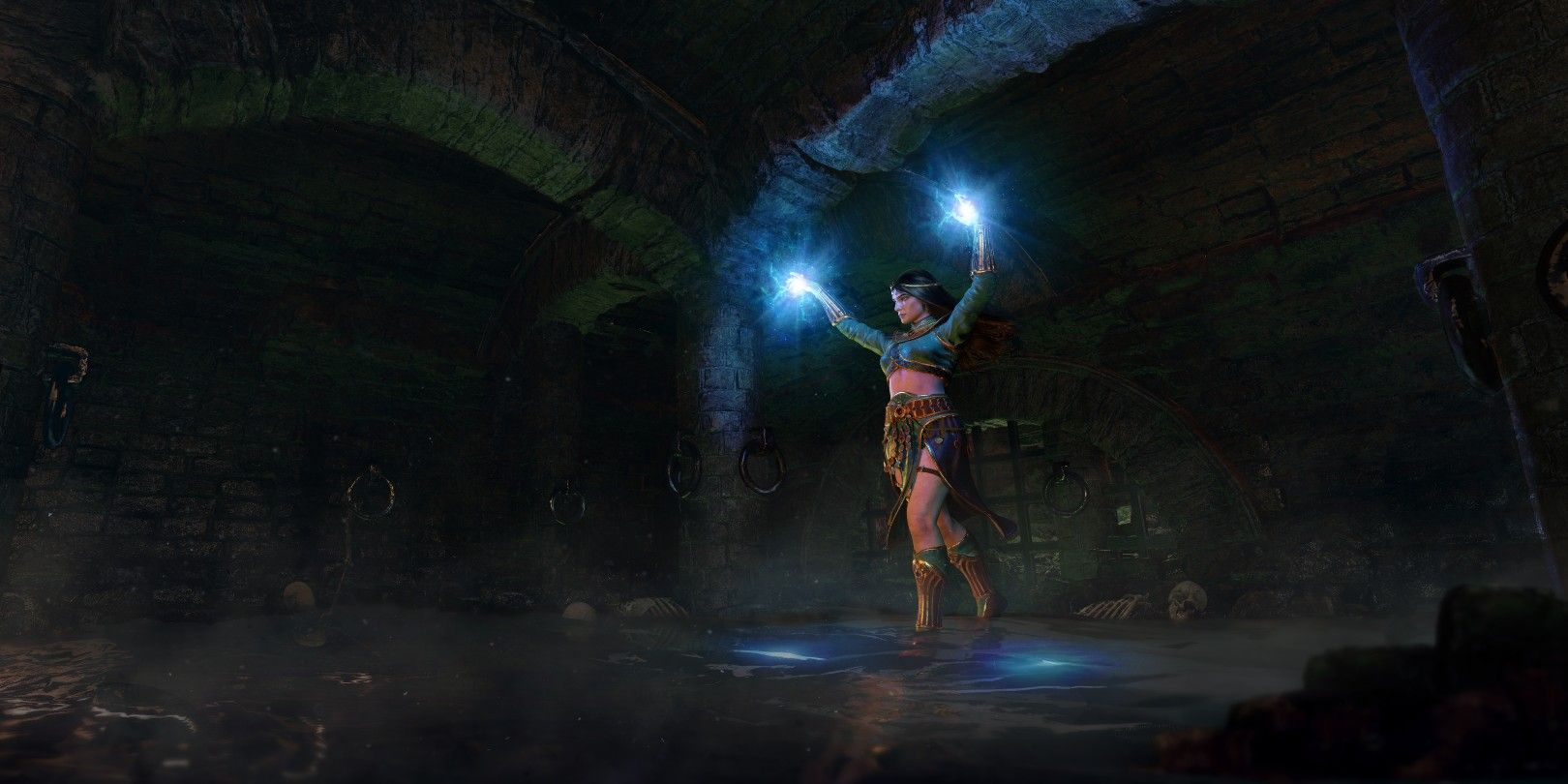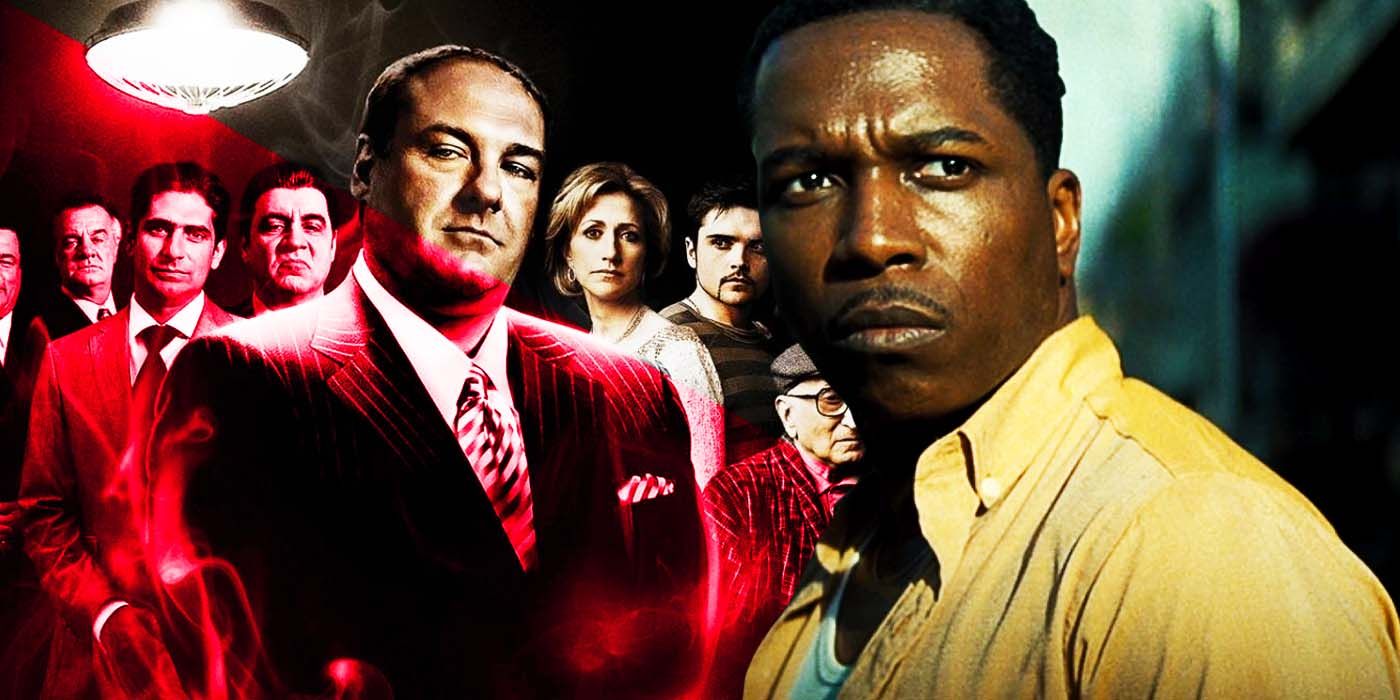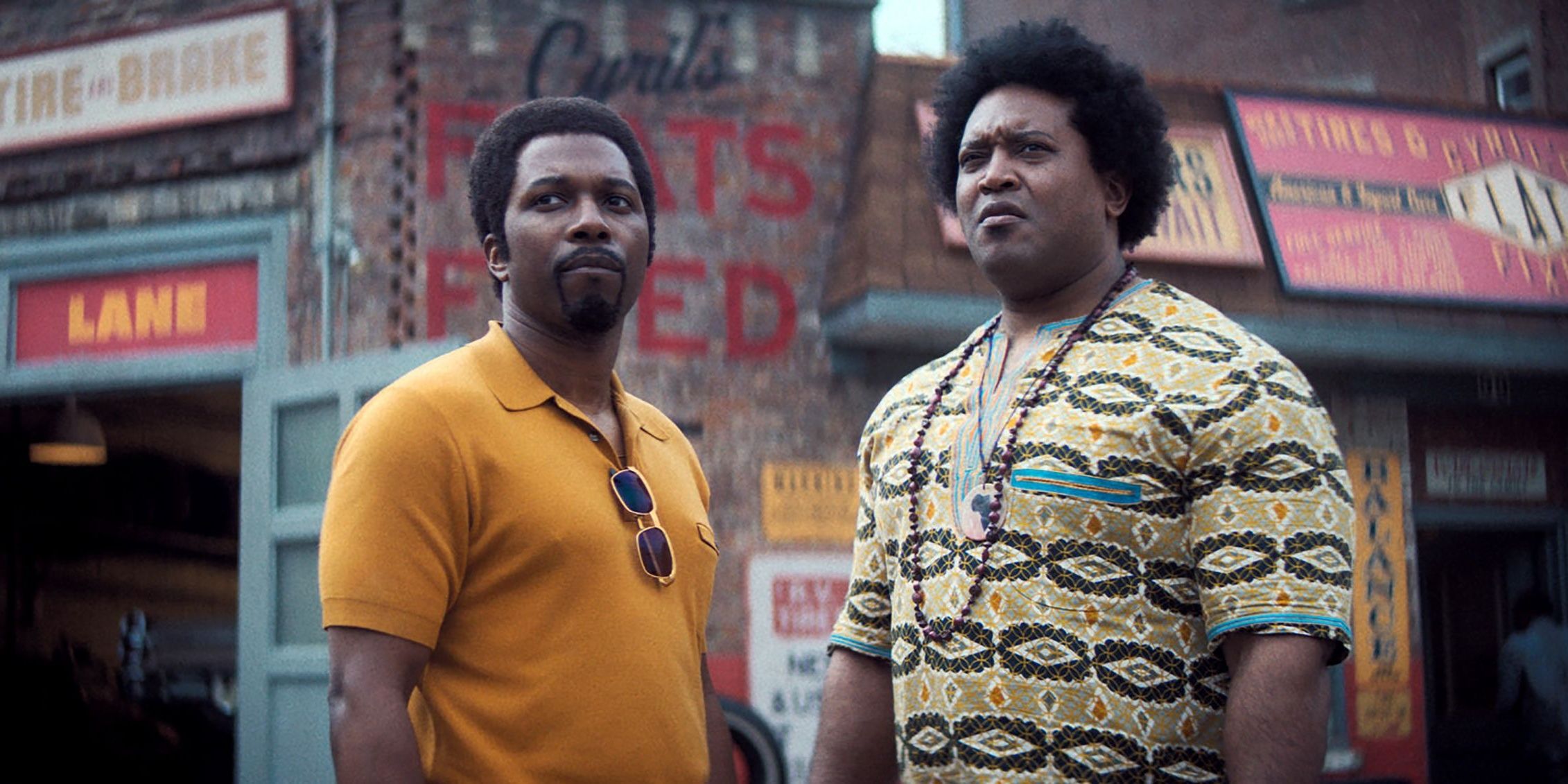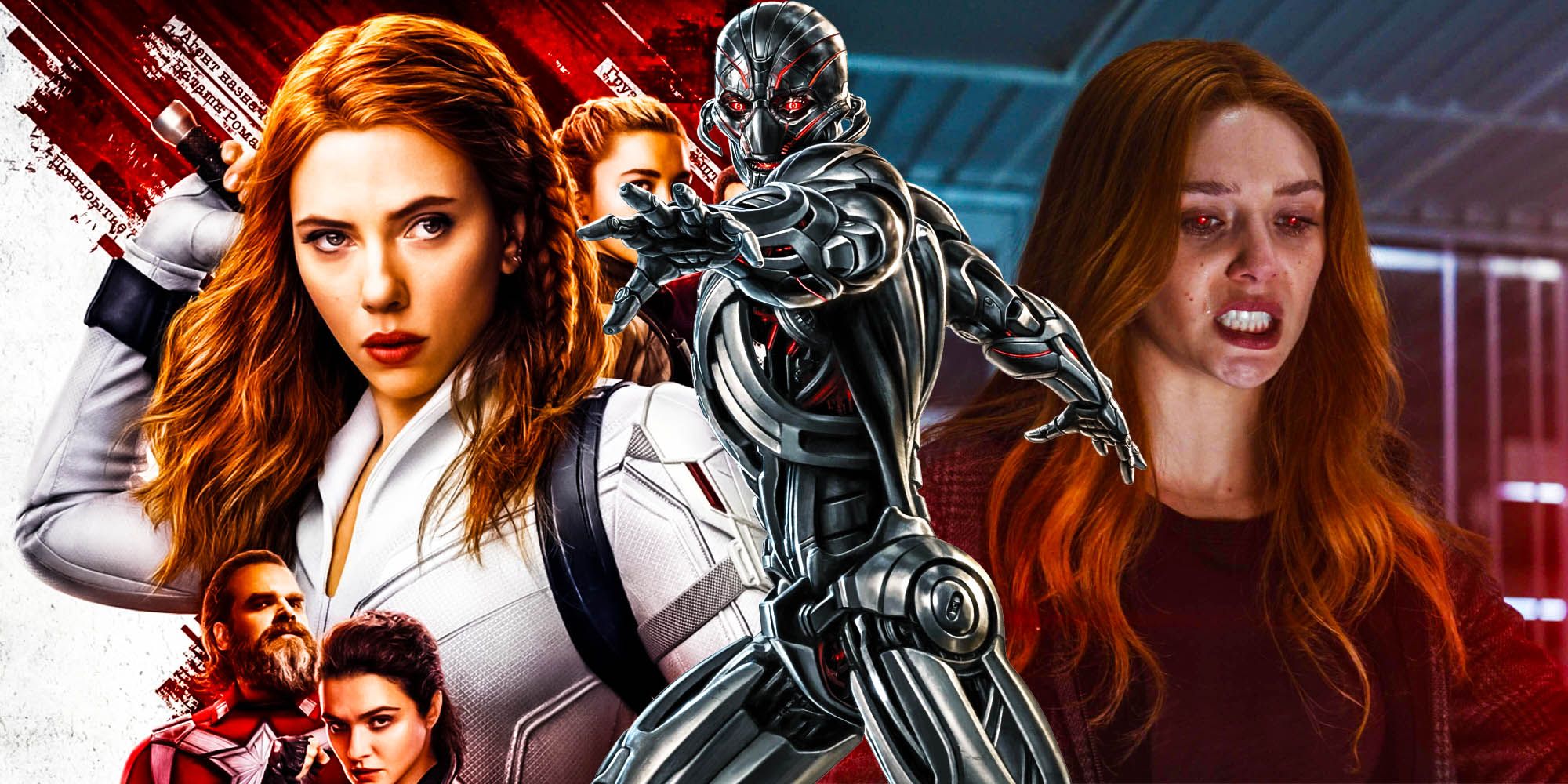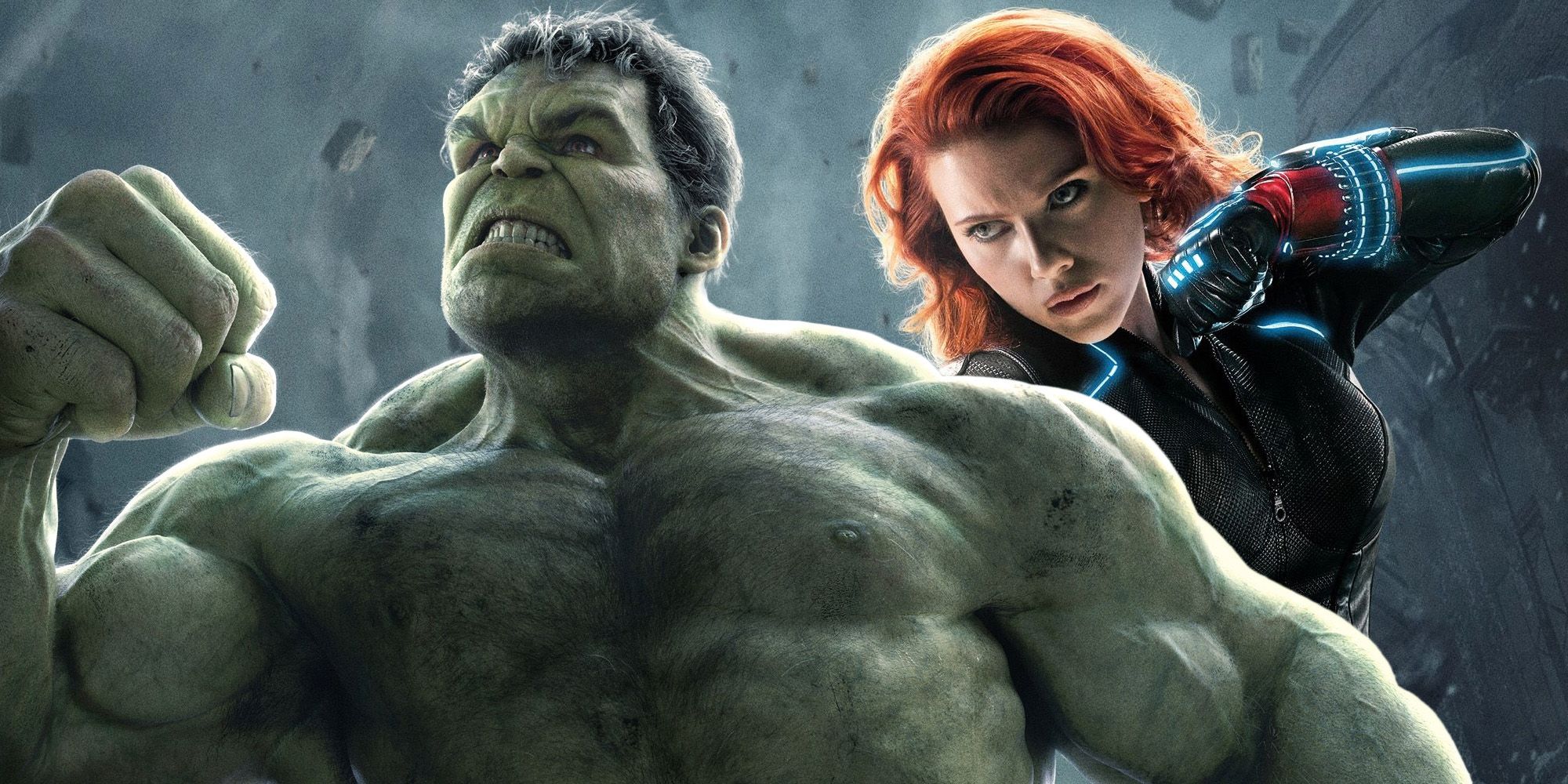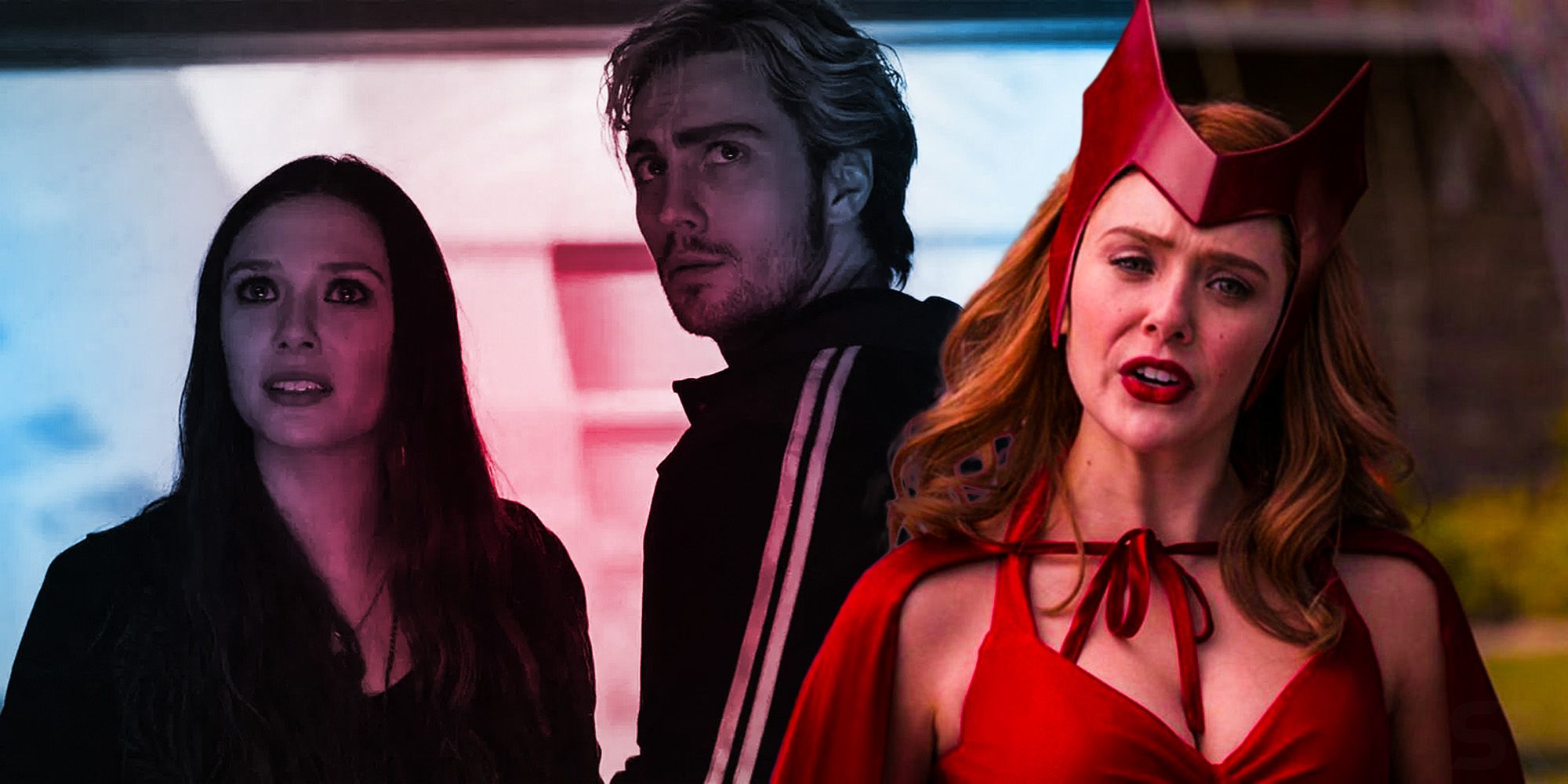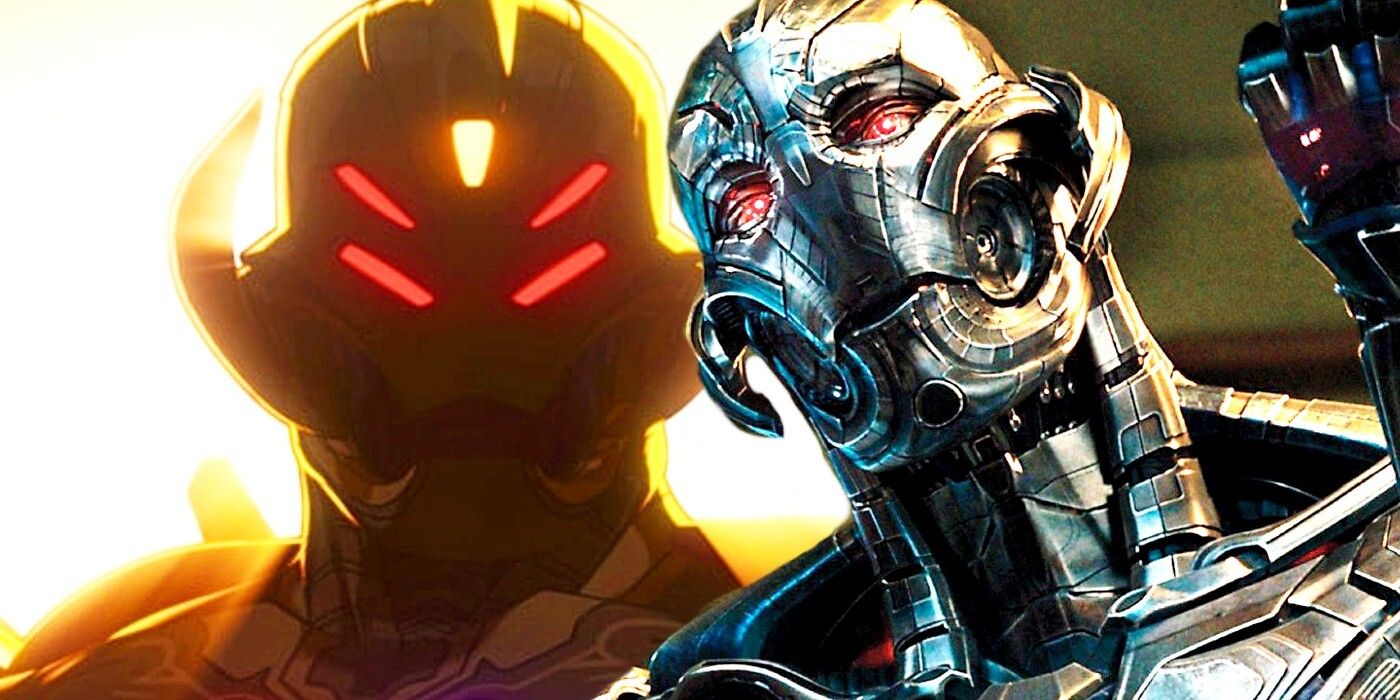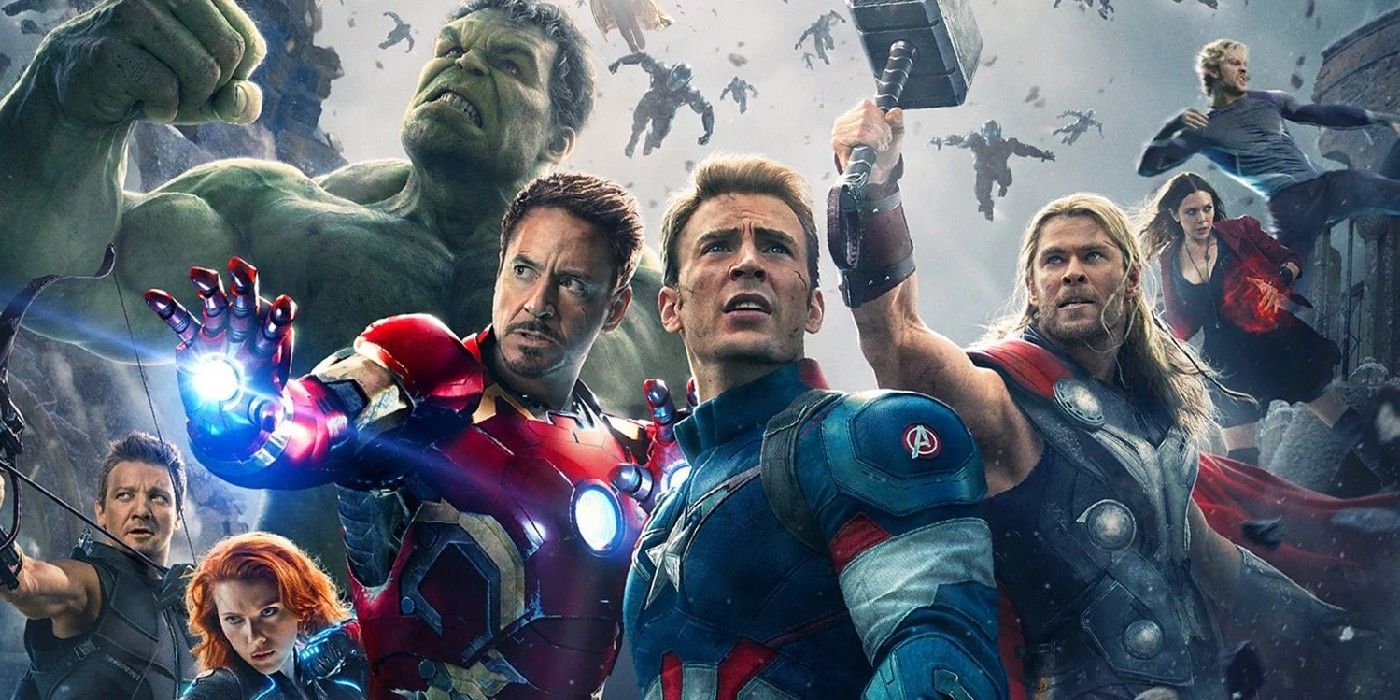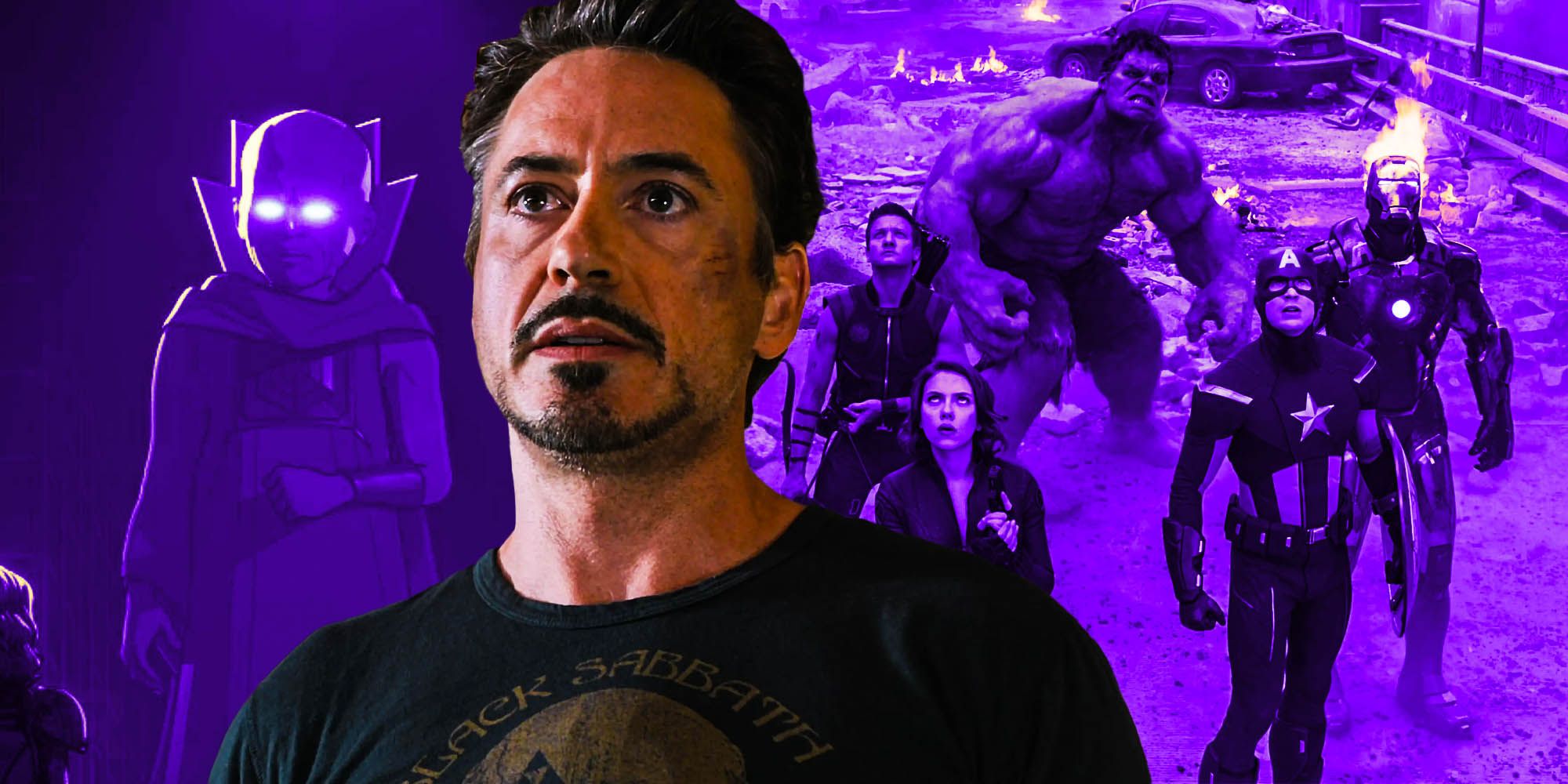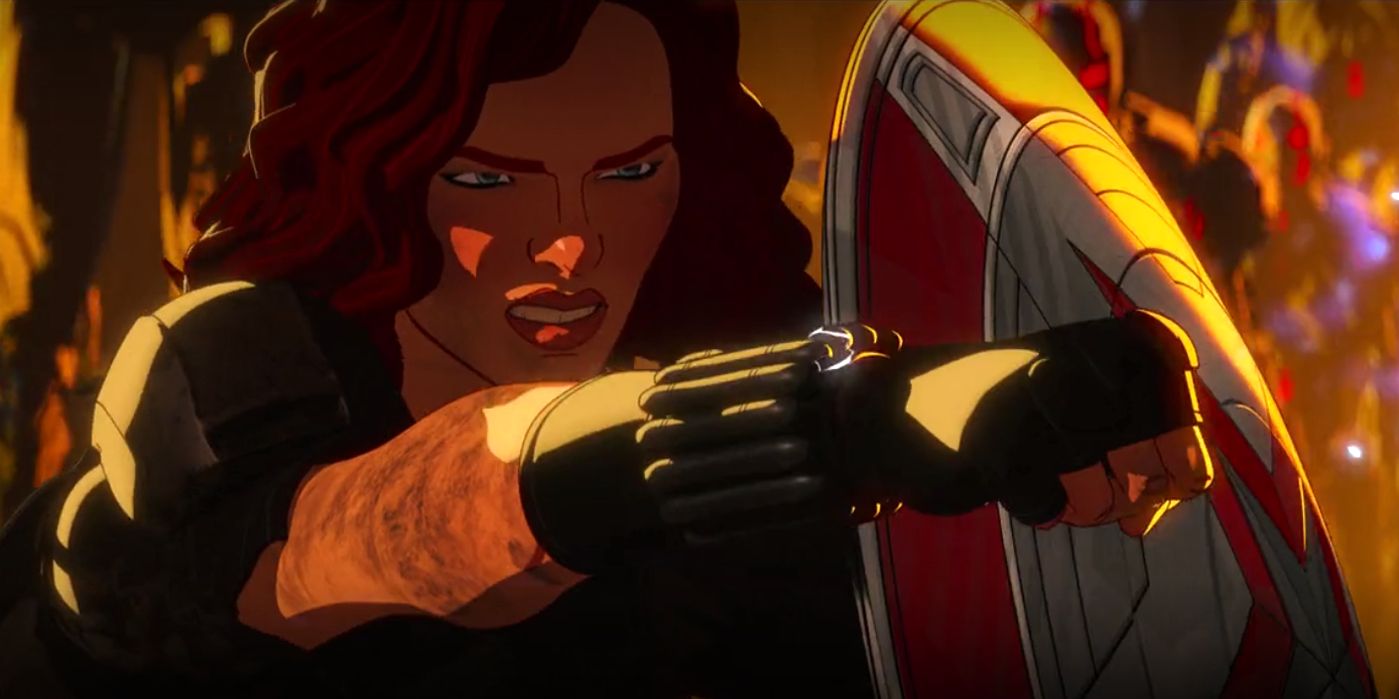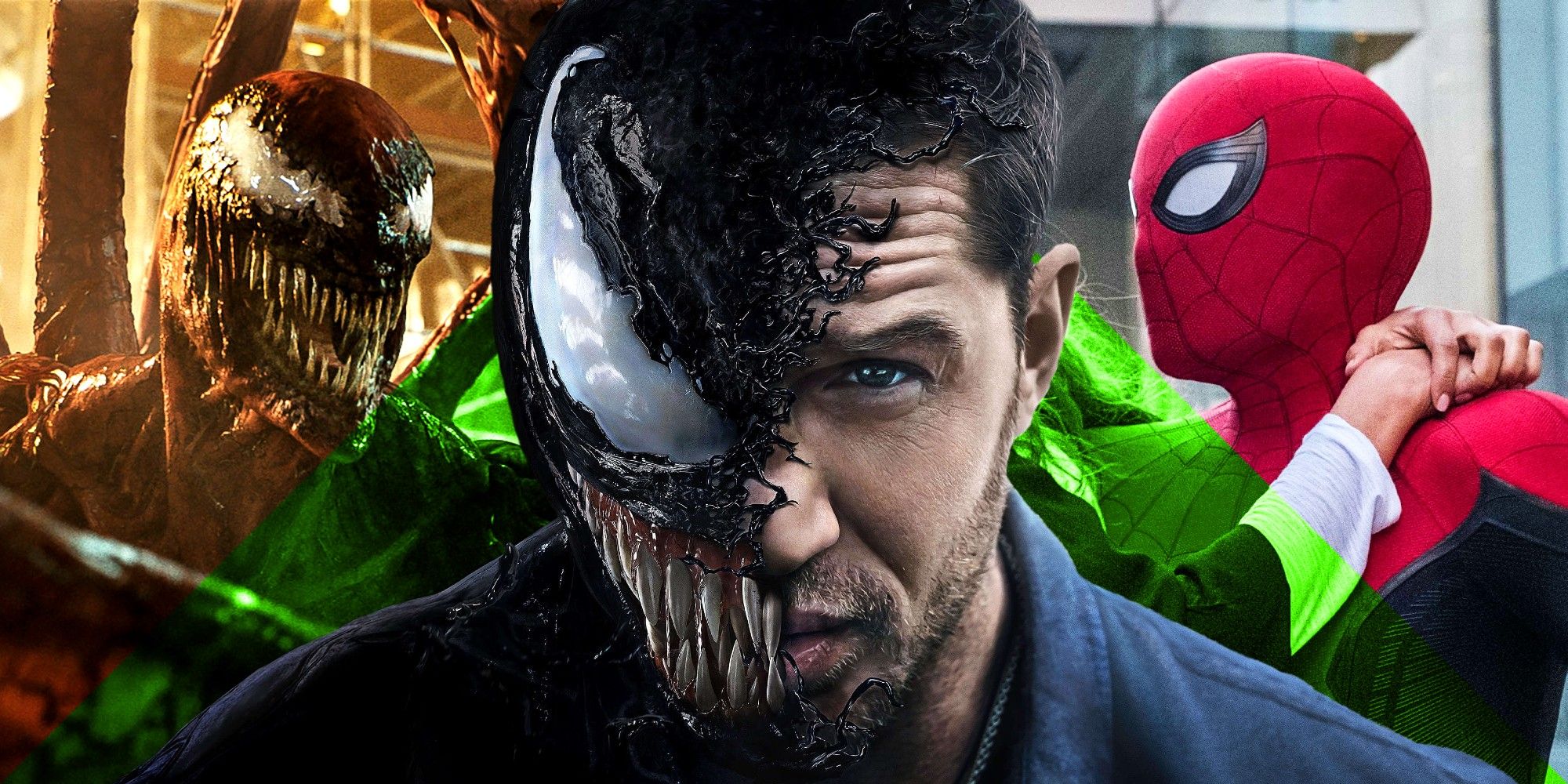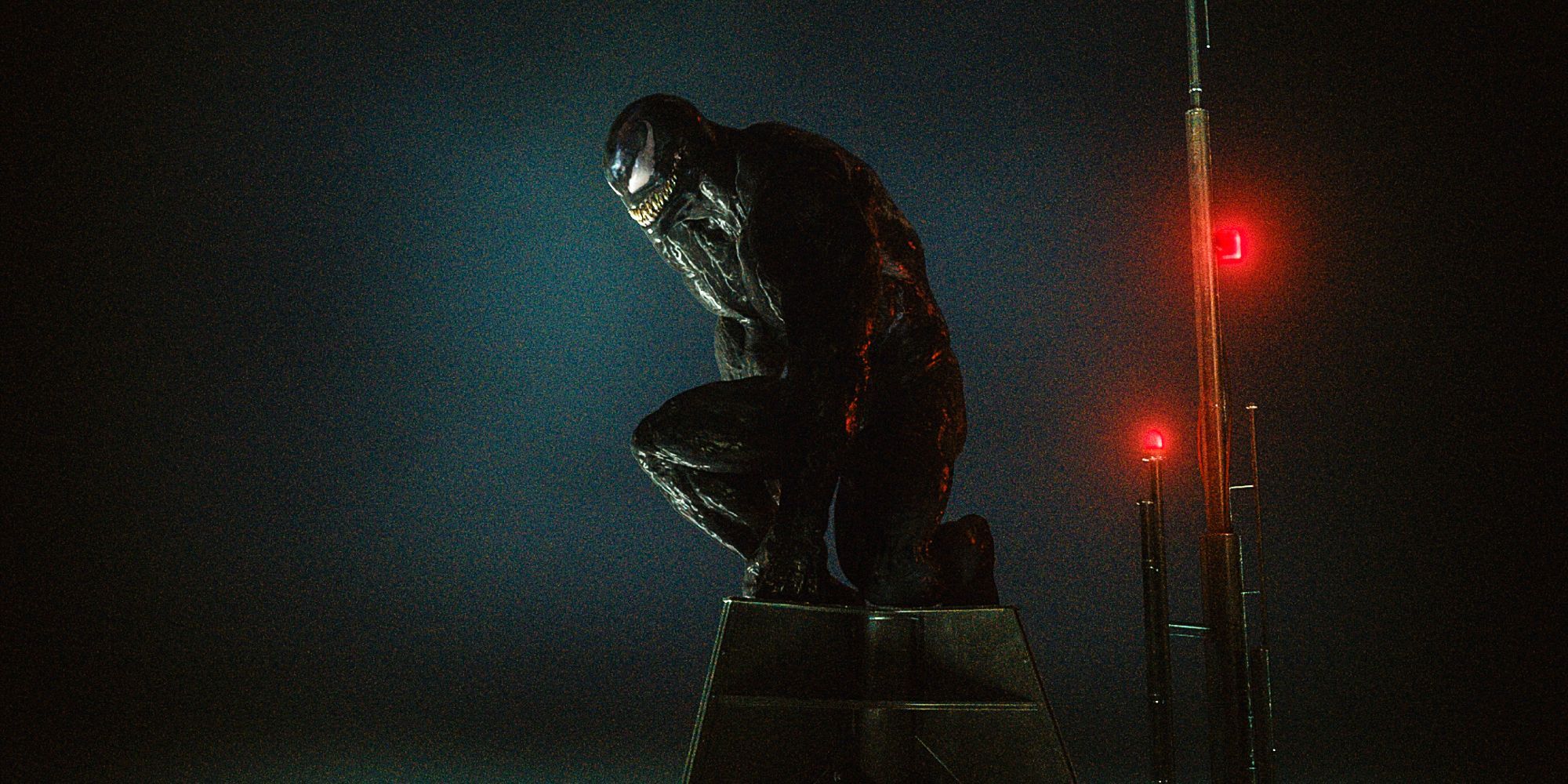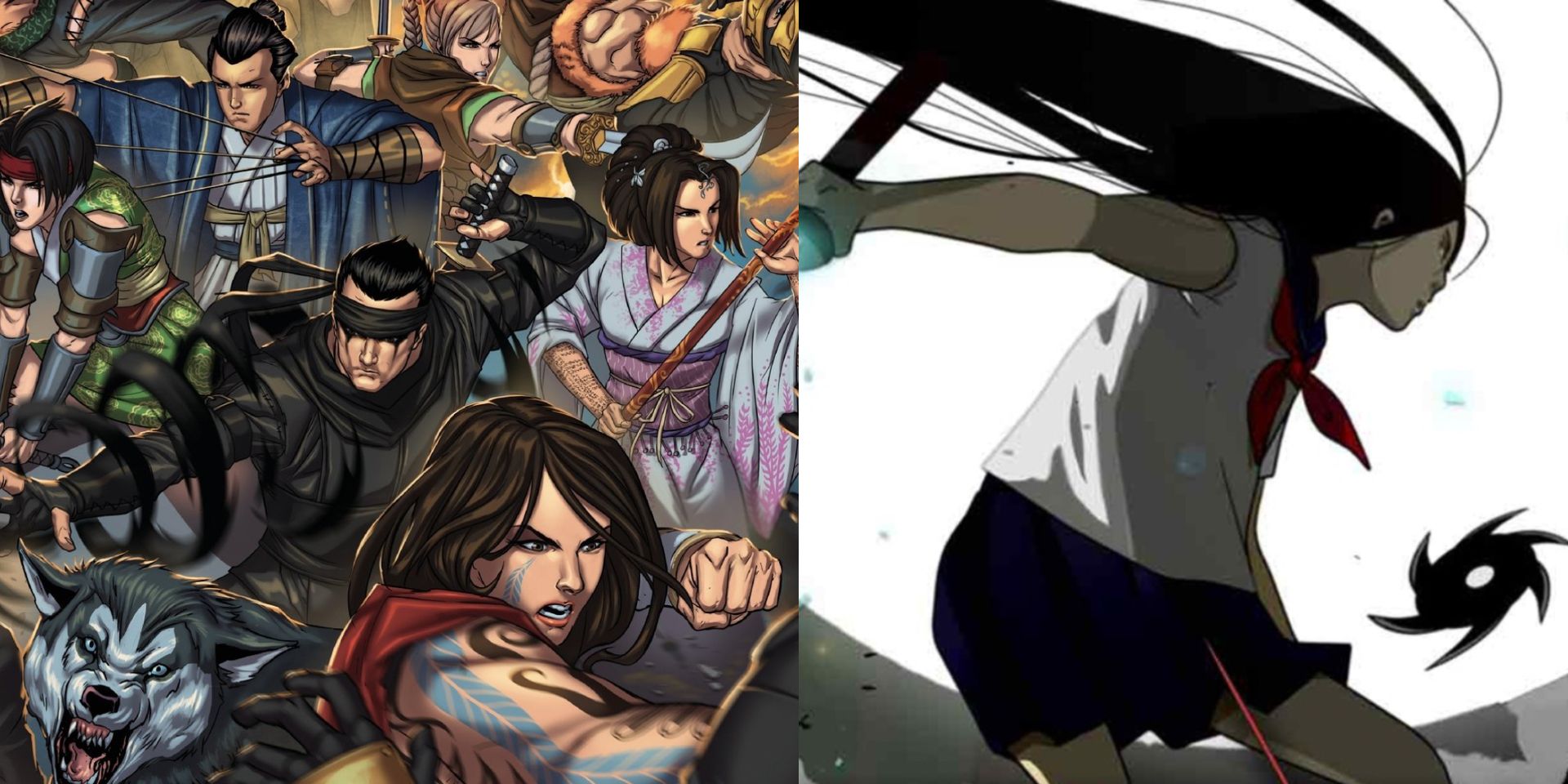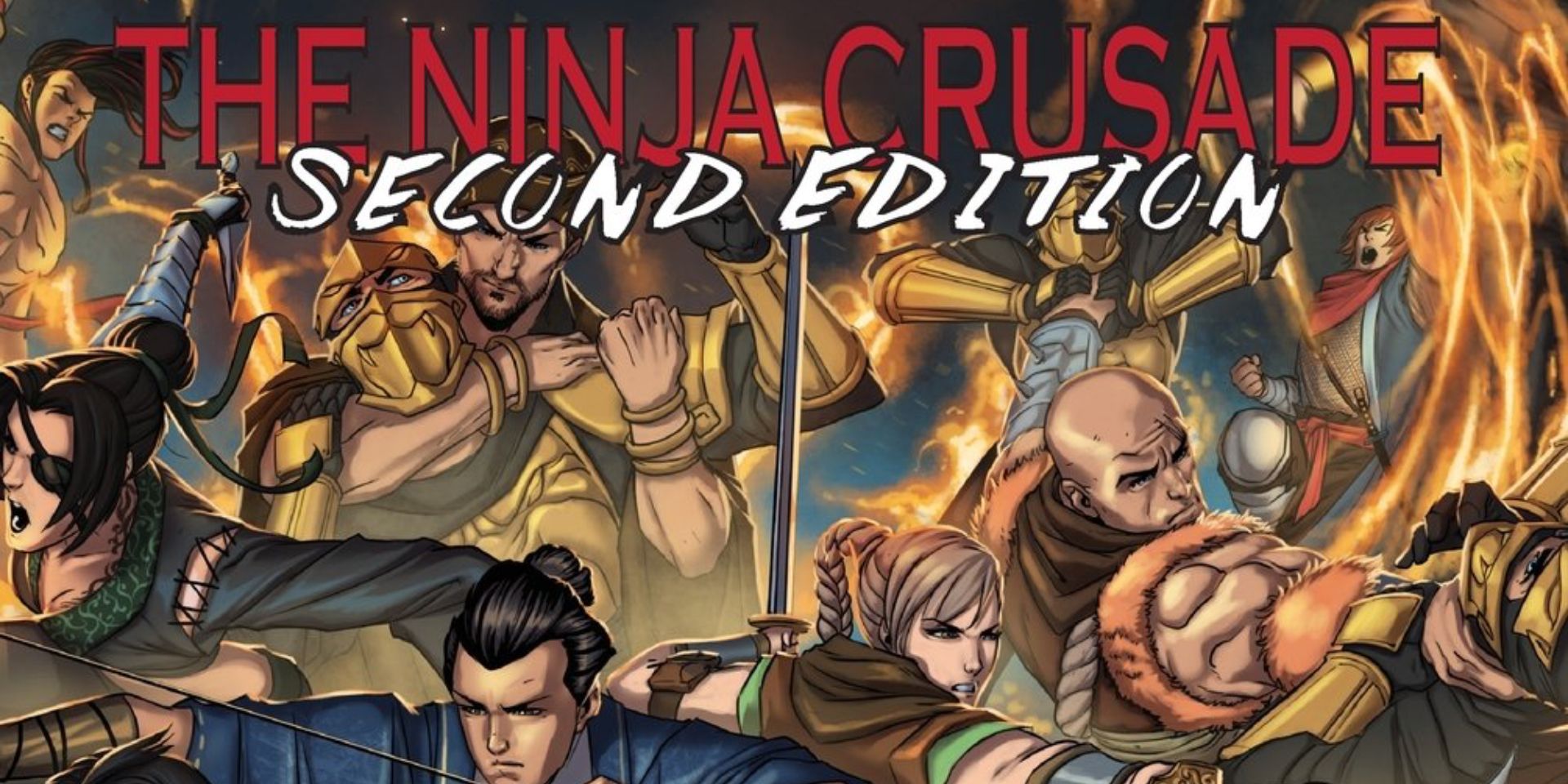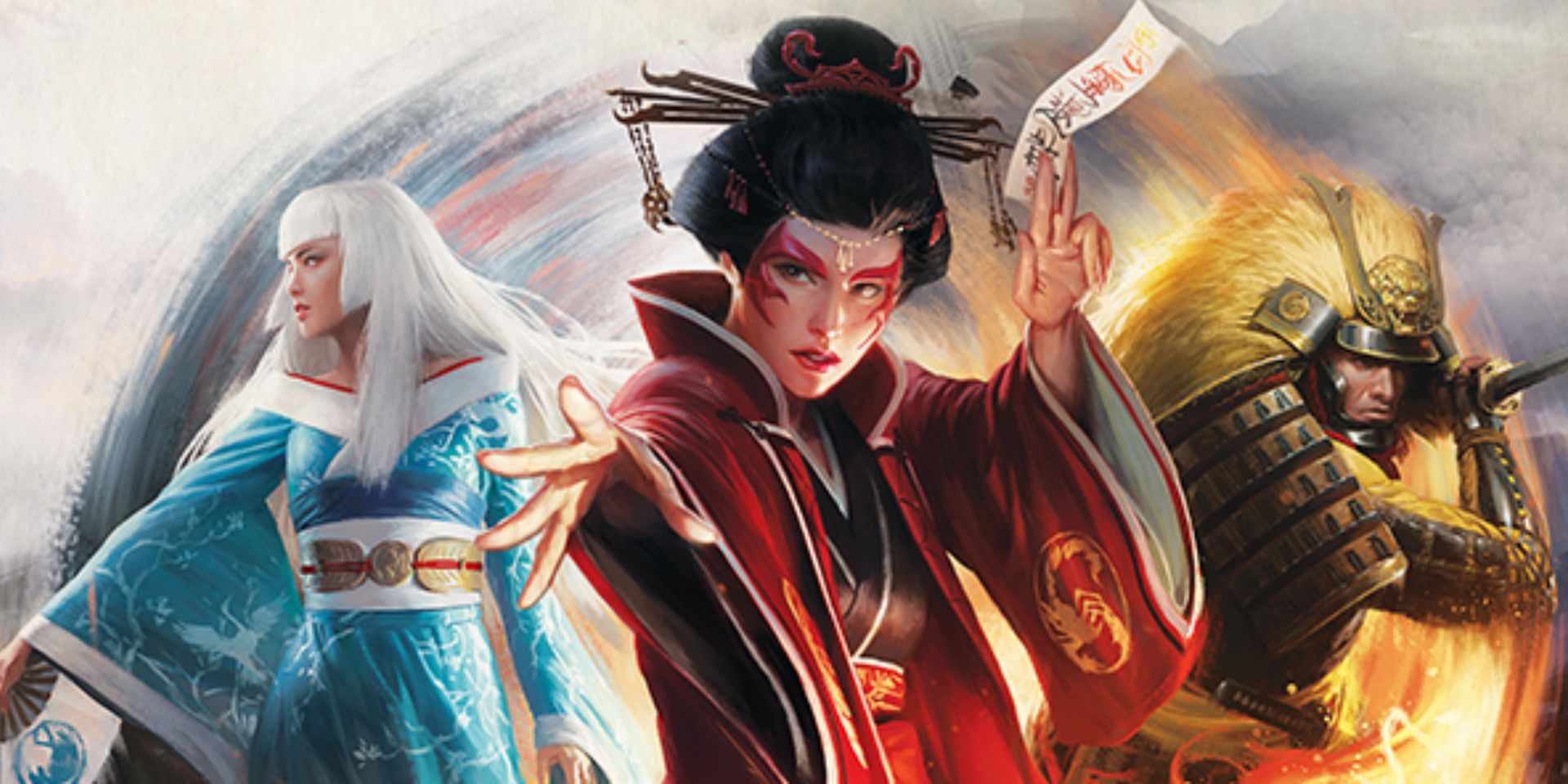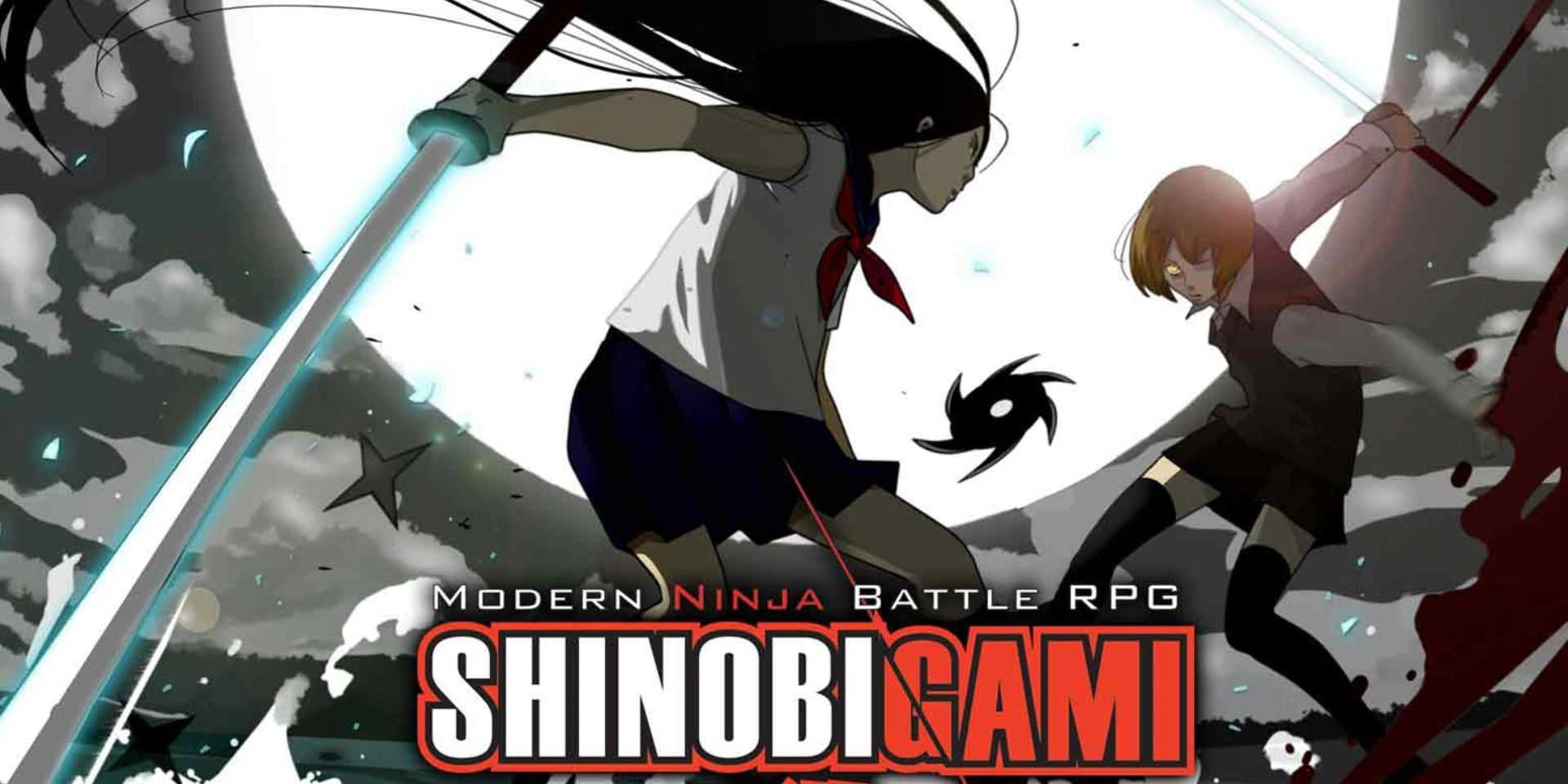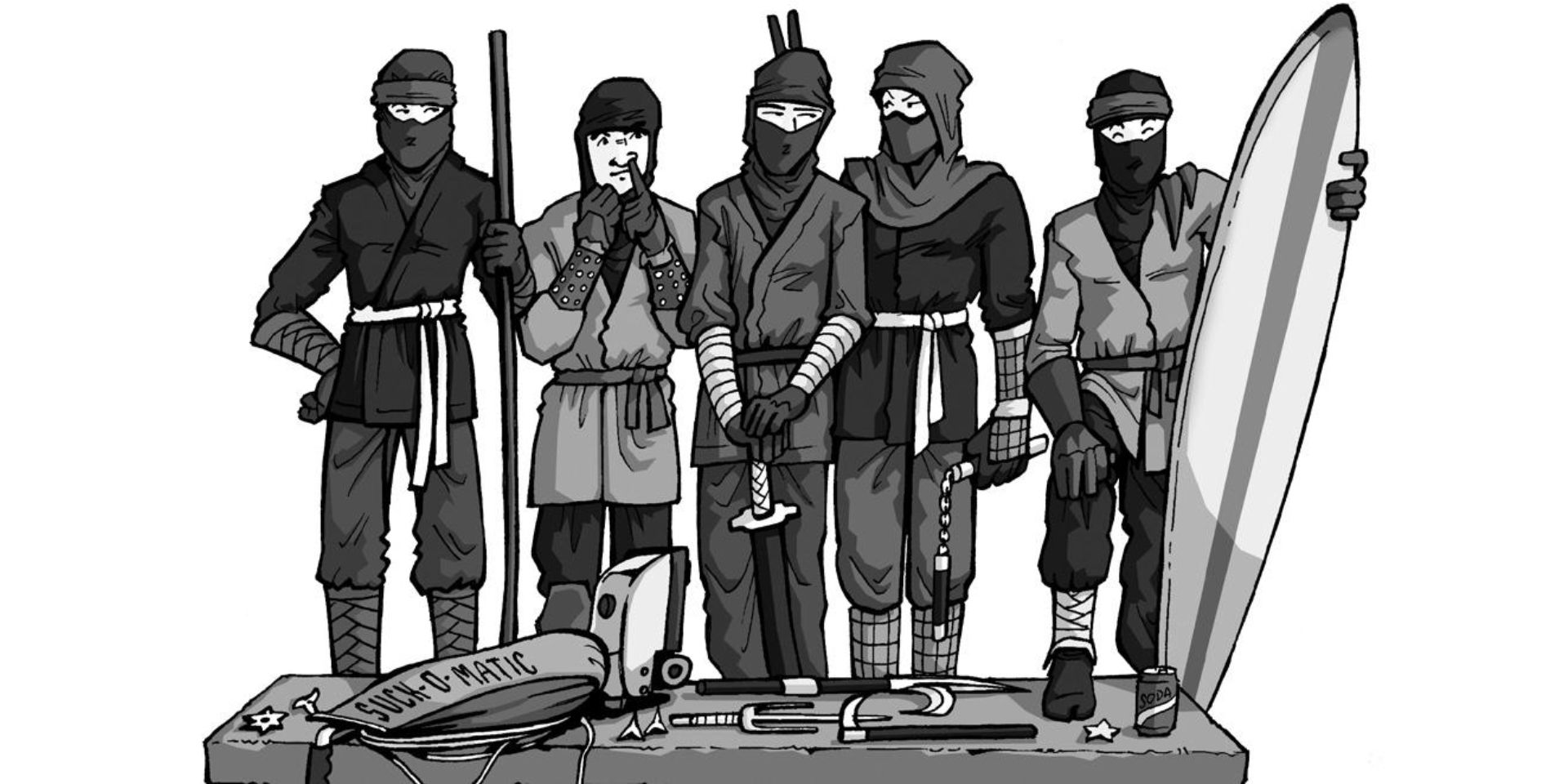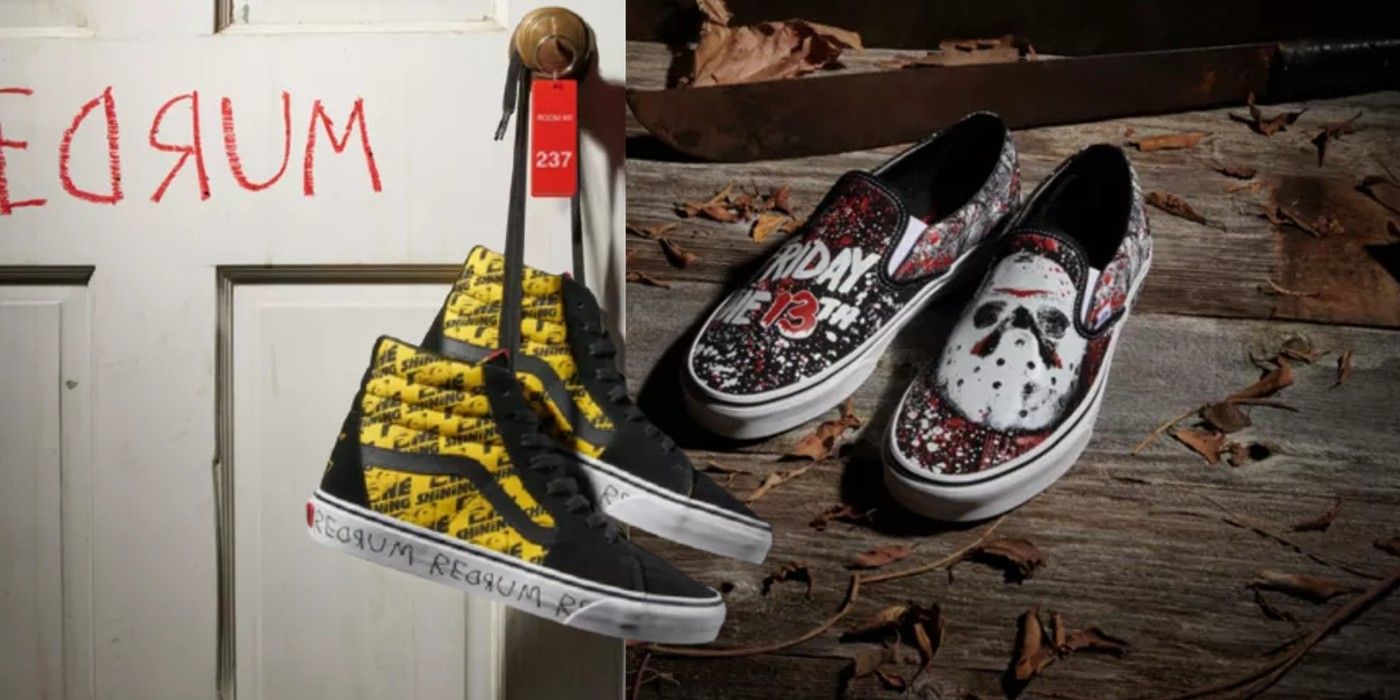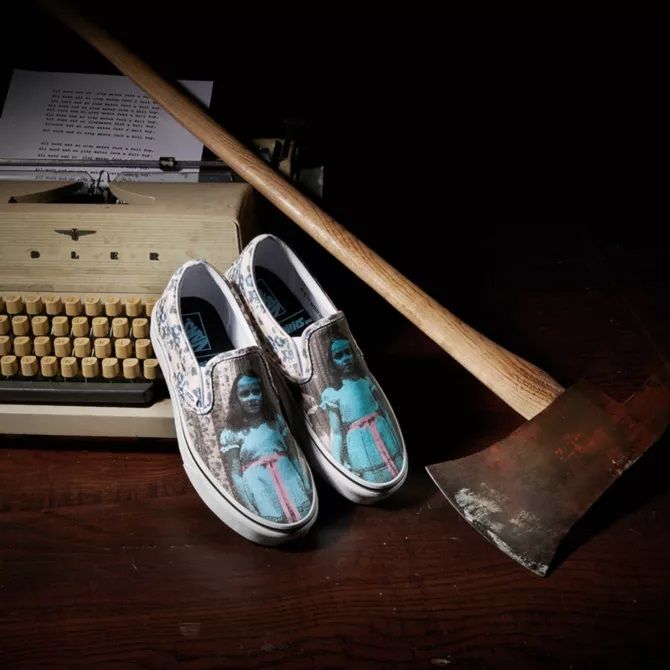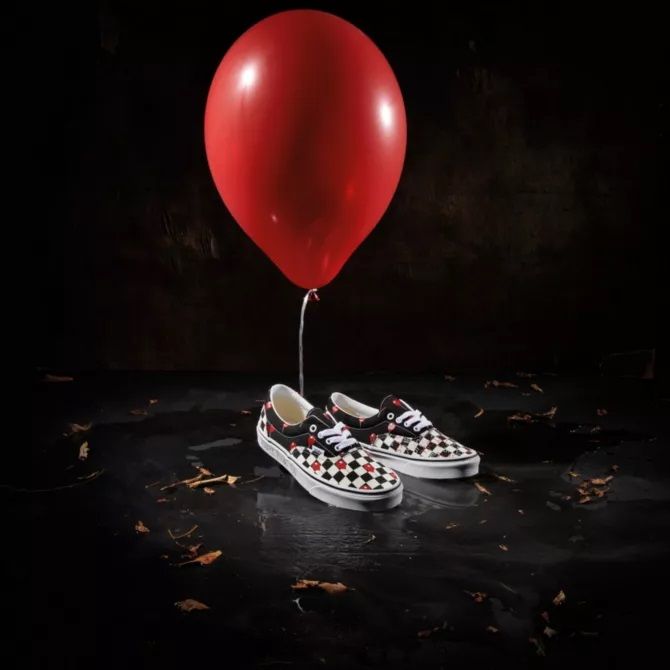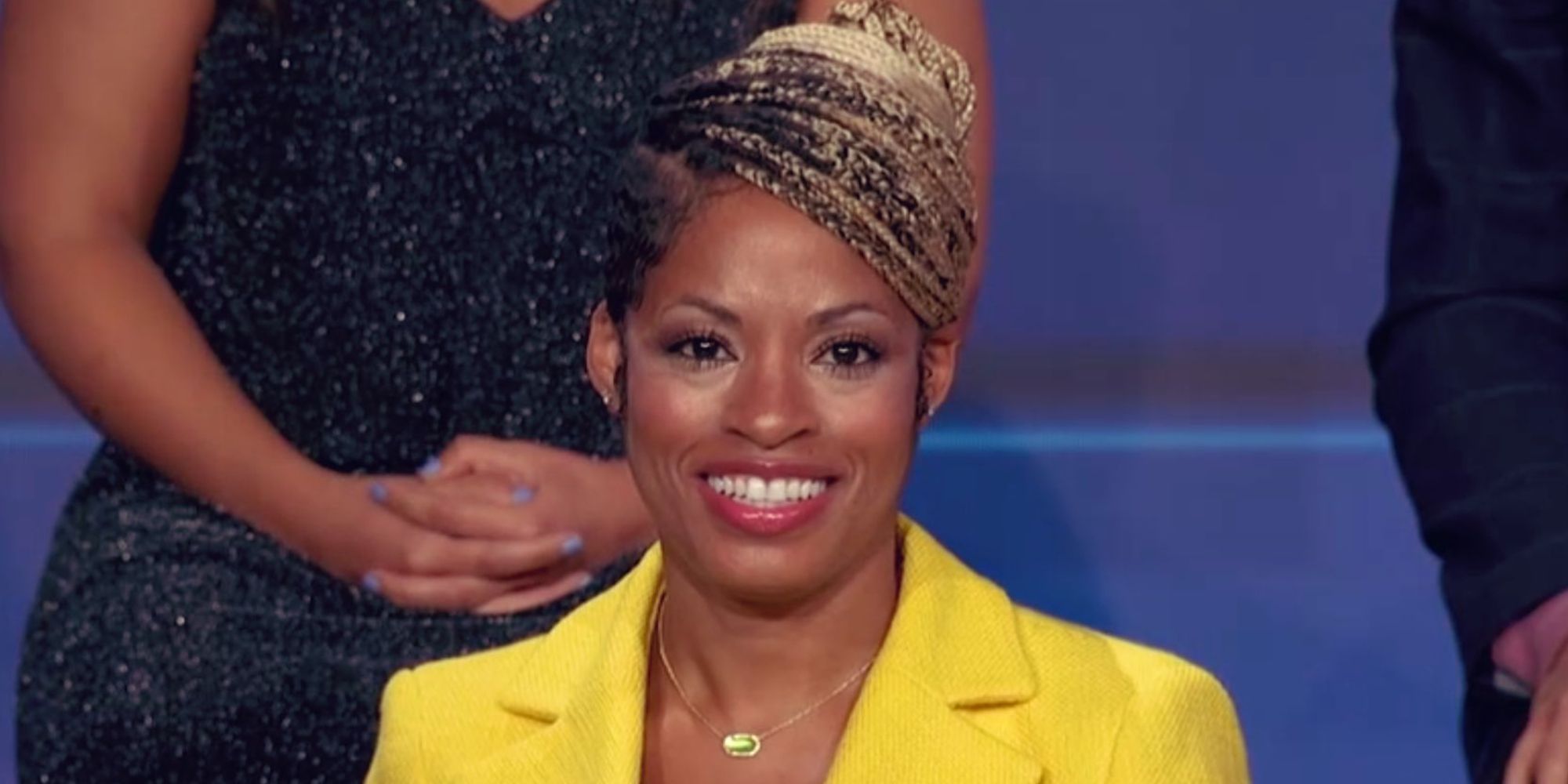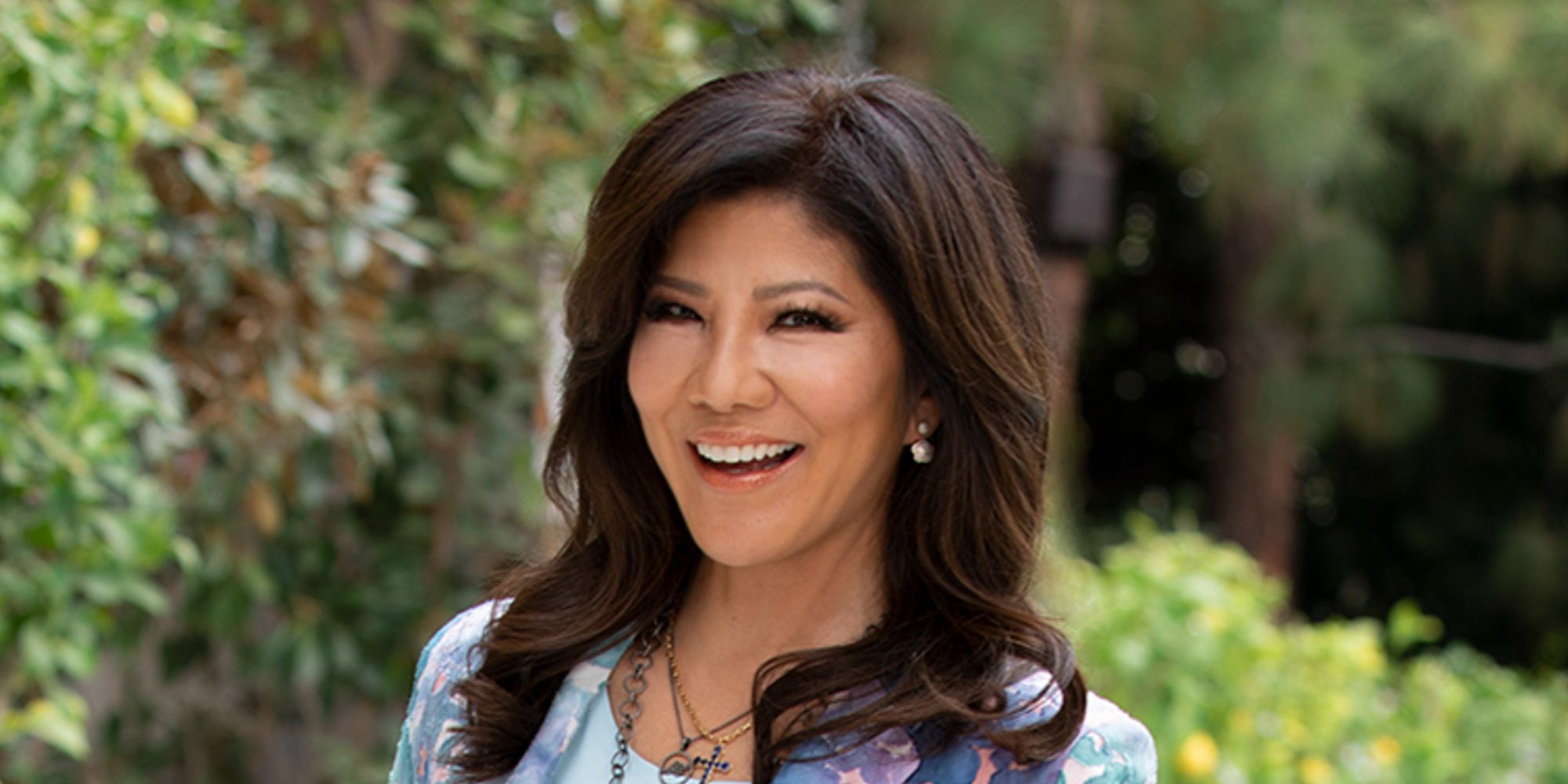News: Does No One Gets Out Alive Set Up A Sequel? (What Does Ambar Choose?)
Netflix’s No One Gets Out Alive is an incredibly fresh and topical horror film, but what does Ambar choose at the end – and does the conclusion set up a sequel? The movie, which is based on the 2014 Adam Nevill novel of the same name, recently hit streaming. While following Ambar (Cristina Rodlo), an undocumented woman from Mexico who can’t seem to catch a break, its plot features a handful of interesting threads. When her character is implied to make a final choice before the credits roll, the story’s ongoing possibilities infuse the project with an extra-potent punch.Ambar is a young woman from Mexico, who’s seeking a new life in the United States — specifically, Cleveland, OH. As if No One Gets Out Alive’s main character’s journey across the border as an undocumented immigrant wasn’t arduous and stressful enough, her ensuing existence in a new country isn’t any easier. She doesn’t know anyone, aside from being generally familiar with her distant cousin and his family, she doesn’t have a valid ID, and she has a harshly unforgiving boss. On top of being haunted by the loss of her mother and the illness that slowly snuffed out her life, she’s literally haunted by the multi-spirit-inhabited boarding house in which she soon finds residence.There’s a lot going on within this compact, slow-burn horror flick, and, mirroring real life, the climax doesn’t leave things neat and tidy. As far as a possible sequel goes, No One Gets Out Alive’s violent, scary ending doesn’t directly set one up. There isn’t a post-credits scene to do so either. Still, Ambar has narrowly escaped death, killed Becker (David Figlioli), turned the tables on Red via sacrificing him, and is about to go back out into the world with the former villain’s malevolent powers. The movie’s actual universe is still rife with possibilities. Though a follow-up doesn’t seem like it’ll be in the cards, and probably isn’t even necessary, Ambar is definitely implied to succeed Becker in his antagonist’s role as he did with his father before him.When Ambar’s formerly mangled ankle is healed, she takes on the appearance of pulsing with evil as he did. Now that she’s finally about to escape from the house, there’s an eerie sense that the powers she inherits also mean she’ll follow in the insidious footsteps of those who’ve had them in the past. She might even take things a step further after the Netflix-released horror movie’s timeline, and assume Becker’s place as a demon-tethered villain who preys on struggling immigrants that look for refuge in the deteriorating (and heavily symbolic) Cleveland boarding house. There’s also still plenty of explaining to do about the project’s demon-like creature, who makes an oddly animated grand entrance toward the film’s end.In addition, the story of Ambar and her mother’s relationship seems to be more nuanced than how it appears on the surface. There’s a great deal of emphasis on the woman within No One Gets Out Alive, and an illusory version of her even shows up during the climax to trick Ambar into succumbing to the story’s evil. It could be interesting to probe that dynamic further. Although it doesn’t seem like a sequel will come from this particular fall of 2021-released horror movie, its purposely ambiguous ending is something for fans to ponder and a creative team to continue and tweak, should they every choose that direction.
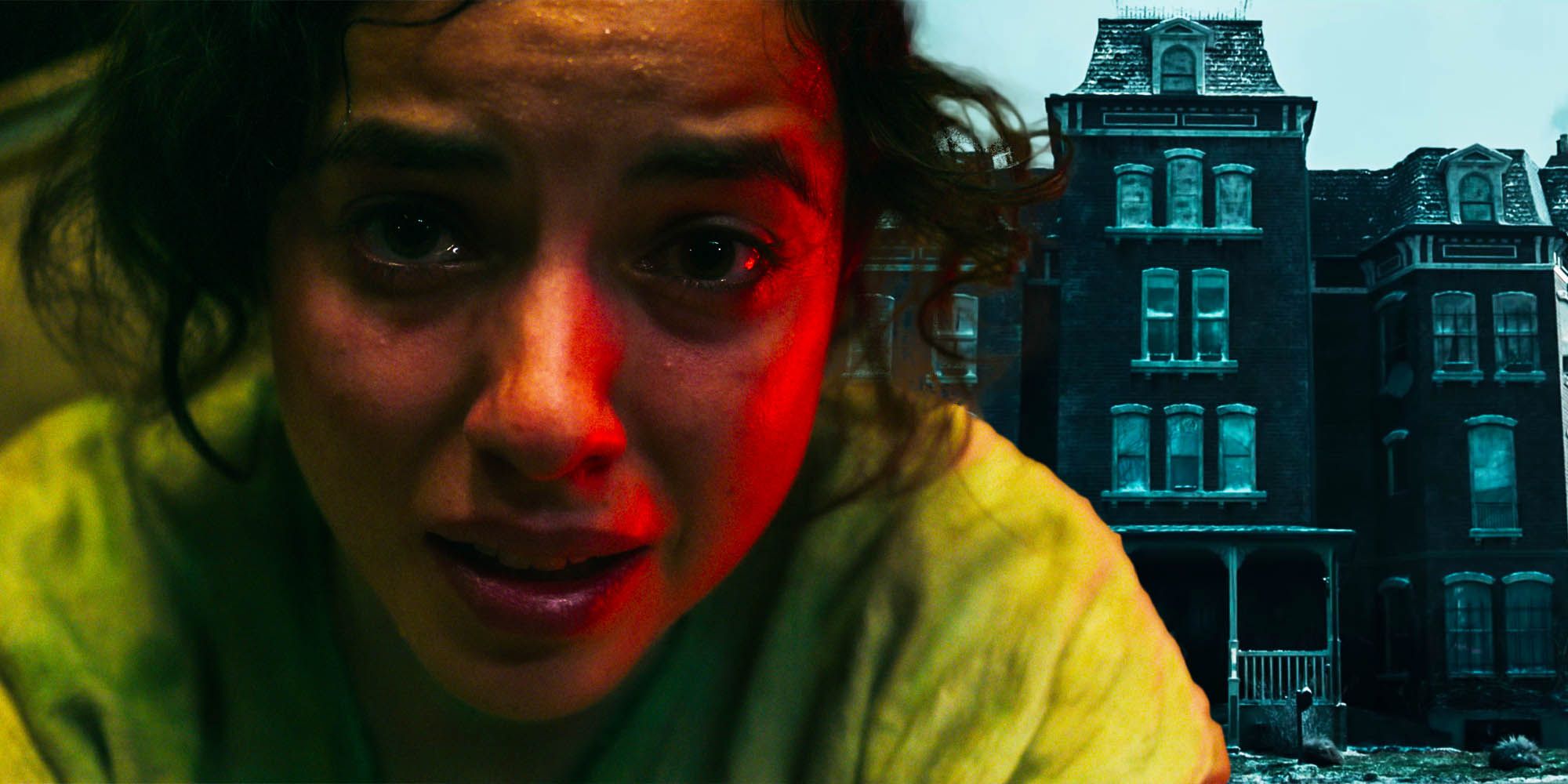
Netflix’s No One Gets Out Alive is an incredibly fresh and topical horror film, but what does Ambar choose at the end – and does the conclusion set up a sequel? The movie, which is based on the 2014 Adam Nevill novel of the same name, recently hit streaming. While following Ambar (Cristina Rodlo), an undocumented woman from Mexico who can’t seem to catch a break, its plot features a handful of interesting threads. When her character is implied to make a final choice before the credits roll, the story’s ongoing possibilities infuse the project with an extra-potent punch.
Ambar is a young woman from Mexico, who’s seeking a new life in the United States — specifically, Cleveland, OH. As if No One Gets Out Alive’s main character’s journey across the border as an undocumented immigrant wasn’t arduous and stressful enough, her ensuing existence in a new country isn’t any easier. She doesn’t know anyone, aside from being generally familiar with her distant cousin and his family, she doesn’t have a valid ID, and she has a harshly unforgiving boss. On top of being haunted by the loss of her mother and the illness that slowly snuffed out her life, she’s literally haunted by the multi-spirit-inhabited boarding house in which she soon finds residence.
There’s a lot going on within this compact, slow-burn horror flick, and, mirroring real life, the climax doesn’t leave things neat and tidy. As far as a possible sequel goes, No One Gets Out Alive’s violent, scary ending doesn’t directly set one up. There isn’t a post-credits scene to do so either. Still, Ambar has narrowly escaped death, killed Becker (David Figlioli), turned the tables on Red via sacrificing him, and is about to go back out into the world with the former villain’s malevolent powers. The movie’s actual universe is still rife with possibilities. Though a follow-up doesn’t seem like it’ll be in the cards, and probably isn’t even necessary, Ambar is definitely implied to succeed Becker in his antagonist’s role as he did with his father before him.
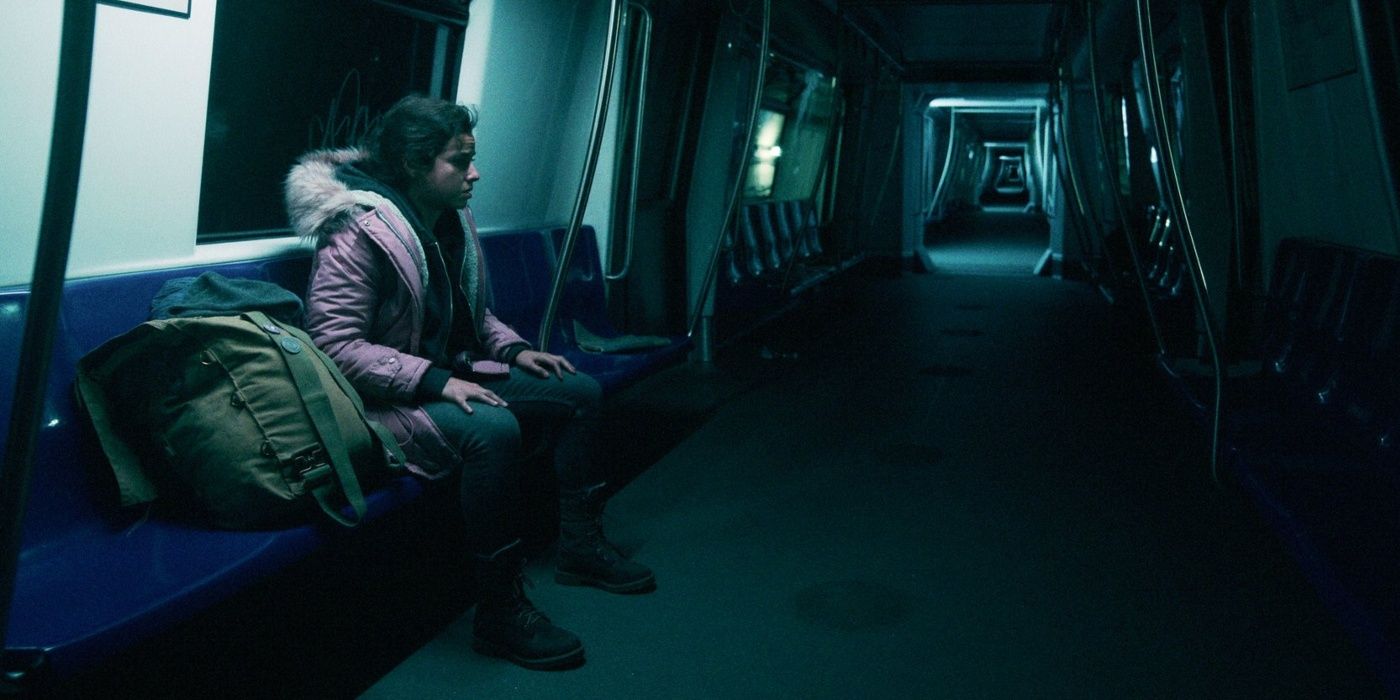
When Ambar’s formerly mangled ankle is healed, she takes on the appearance of pulsing with evil as he did. Now that she’s finally about to escape from the house, there’s an eerie sense that the powers she inherits also mean she’ll follow in the insidious footsteps of those who’ve had them in the past. She might even take things a step further after the Netflix-released horror movie’s timeline, and assume Becker’s place as a demon-tethered villain who preys on struggling immigrants that look for refuge in the deteriorating (and heavily symbolic) Cleveland boarding house. There’s also still plenty of explaining to do about the project’s demon-like creature, who makes an oddly animated grand entrance toward the film’s end.
In addition, the story of Ambar and her mother’s relationship seems to be more nuanced than how it appears on the surface. There’s a great deal of emphasis on the woman within No One Gets Out Alive, and an illusory version of her even shows up during the climax to trick Ambar into succumbing to the story’s evil. It could be interesting to probe that dynamic further. Although it doesn’t seem like a sequel will come from this particular fall of 2021-released horror movie, its purposely ambiguous ending is something for fans to ponder and a creative team to continue and tweak, should they every choose that direction.

